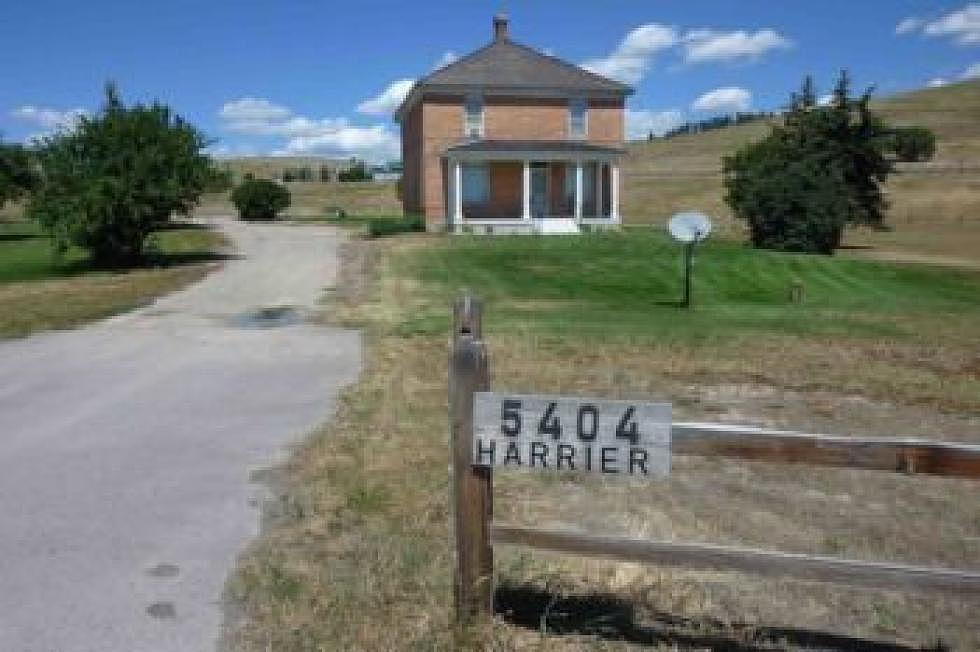
Analysis of historic Missoula Valley ranch to inform future county upgrades
The results of a structural analysis on a historic Missoula Valley ranch could inform the county's next move as it looks to restore the homestead for public use, though exactly what that will be remains uncertain.
Commissioners on Tuesday said they expect the analysis back next month, which will estimate the cost of electrical upgrades at the LaLonde Ranch and accessibility, among other structural needs.
“Whatever proposal is discussed, it really starts with the house as step one,” said Dori Brownlow. “We need to know what it would cost to make the house accessible for public use.”
In late 2017, the county approved a $44,000 service contact with A&E Architects to assess the condition of the land and its buildings, and provide a cost estimate for improvements.
The county has weighed several potential uses in recent years, including a demonstration project as an urban farm, though the property's structural integrity emerged as an issue.
While commissioners haven't settled on a future use, several possibilities have been raised, including that of a rest stop and historical museum. Interstate 90 sits behind the property.
“I spoke with (Montana Department of Transportation) a while back on the interest of a rest-stop scenario,” said Commissioner Dave Strohmaier. “I can think of Bozeman where they have a rest area right in town, and it's a ways between Missoula and another rest area.”
The LeLonde Ranch remains one of the few historic agricultural properties left standing in the Missoula Valley. It consists of several buildings that include a log cabin dating back to 1877, when Adam LeLonde was “proving up” his land.
The precise date of the ranch house is unknown, though historians believe it was built after 1888 using materials from the Hollenbeck Brickyard, once located two miles south of the home.
The property and its remaining 7 acres are now bounded on all sides by the county’s growing Development Park and Interstate 90. The park has been reserved for technology and industrial uses.
“We learned years ago that a lot investment needs to happen to make those buildings accessible for public use,” said Commissioner Jean Curtiss. “We have to know the cost, and whatever that new use is, it should reflect the history.”
